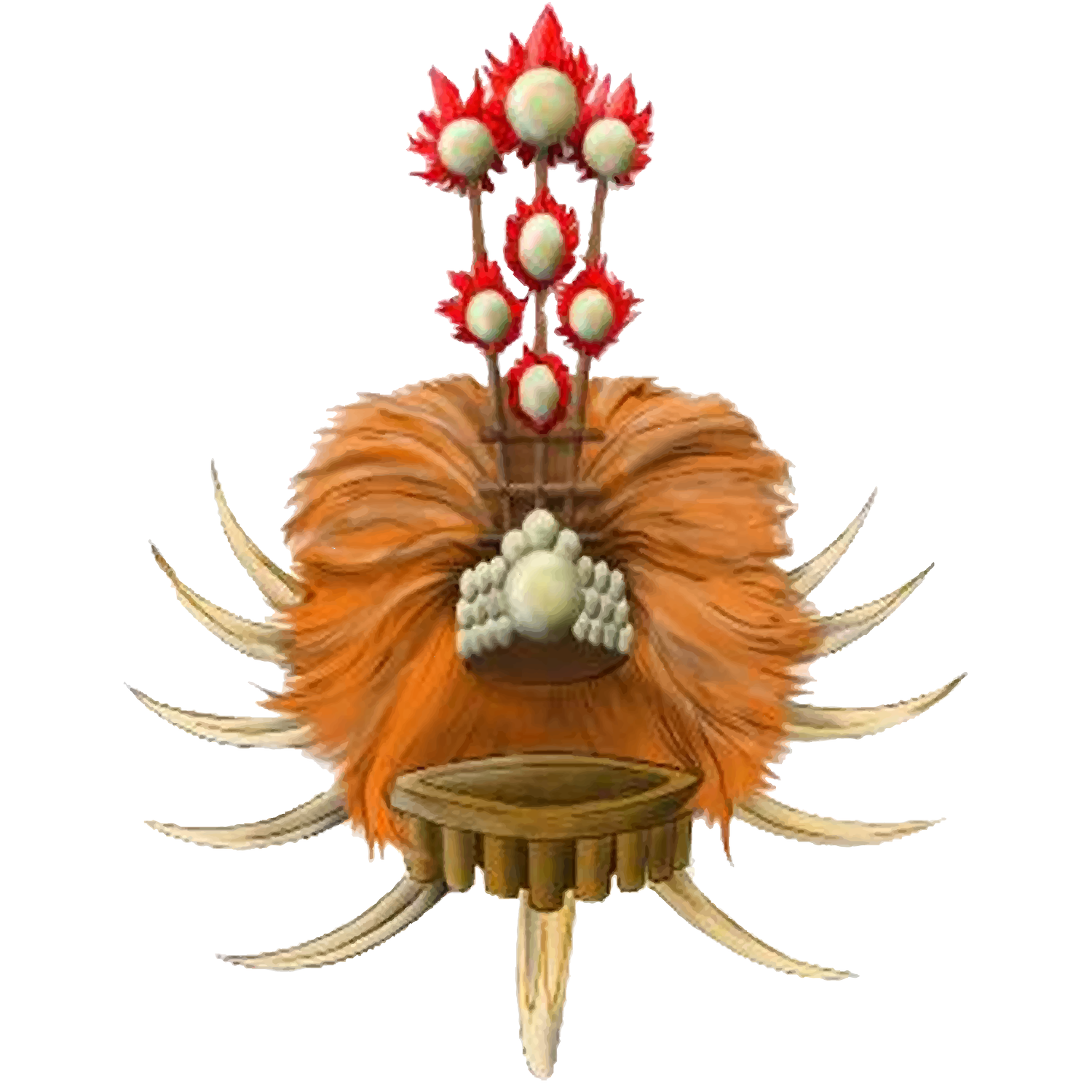about sa’ilele
Saʻilele stands as a village nestled along the northern coastline within the Eastern District of Tutuila Island, American Samoa. Accessible via a cross-island road leading north from Fagaʻitua village, Saʻilele holds historical significance as it houses a burial ground where esteemed aliʻi (high chiefs) find their rest.
Notably, Saʻilele boasts the distinction of hosting the sole pre-Christian temple ever documented on Tutuila Island: Saʻilele Mālumālu. This temple, encompassing a modest fale spanning about ten feet in length, sheltered beneath a low roof, was situated amidst a dense and revered grove of coconut trees. Within its confines, significant rocks were discovered, bearing names such as The Immovable Rock, The Enduring Power, and The Rock Fixed in the Kingdom.
In 2002, Saʻilele's paramount chief, Matua Togiola Talalelei A. Tulafono, ascended to the position of Governor of American Samoa, adding a contemporary layer to the village's historical tapestry.
FUN FACT
According to a high chief of the village, the word Saʻilele derived from the presence of the god Tuliatua, and the goddesses Nafanua, Tilafaiga and Taema. HTC's Vaesaʻu Talauega Letumu explained in an interview: Saʻilele was a village full of ghosts and supernatural spirits in the past, hence the name Sa-i-le-eleʻele (meaning forbidden grounds). Tualiatua's dwelling place was known as the heathen temple, malumalu faapaupau, which was located in the center of the village with a sacred coconut grove next to it. The temple was around six feet tall and ten feet wide. Inside the temple were three stones: the immovable stone, the constant government, and the stone fixed in the kingdom. These stones were buried by the village when missionaries arrived.

